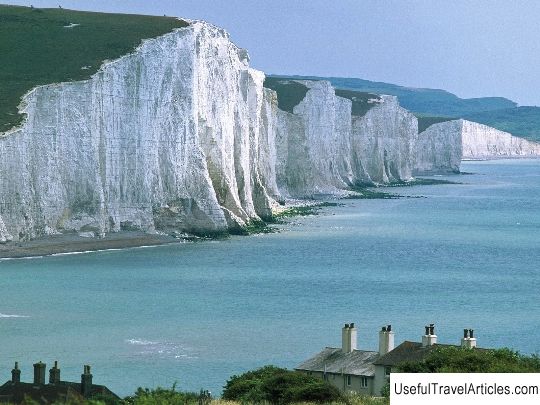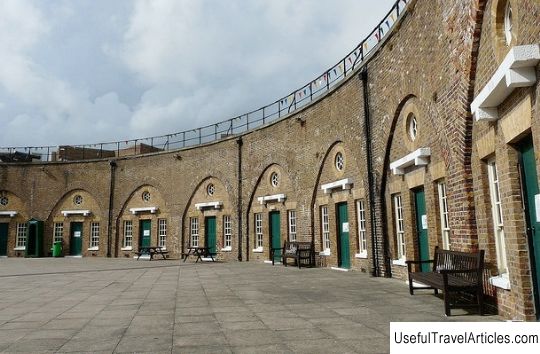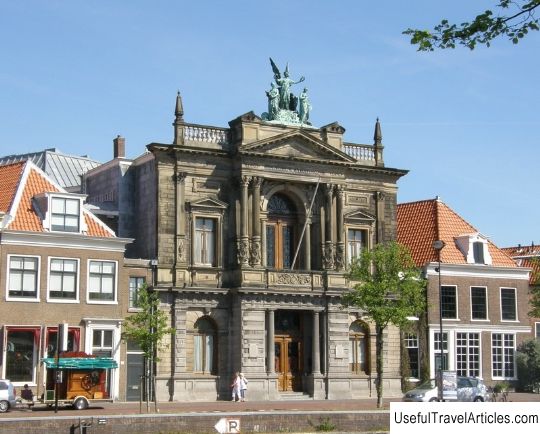Beachy Head description and photos - Great Britain: Eastbourne
Rating: 9,3/10 (1324 votes) 
Beachy Head description and photos - UK: Eastbourne. Detailed information about the attraction. Description, photographs and a map showing the nearest significant objects. The title in English is Beachy Head. Photo and descriptionBeachy Head is a chalk cliff on the south coast of Great Britain, in East Sussex, near Eastbourne. The cliff is 162 m high and is the tallest chalk cliff in Great Britain. Chalk as a rock was formed in the geological period, which is called the Late Cretaceous period, from 65 to 100 million years ago. Then this area was under water. During the Cenozoic era, there was a tectonic rise and, when the ice age ended and the English Channel formed, the white chalk cliffs of the Sussex coast acquired their present appearance. It is because of these rocks that the island of Britain got its Latin name Albion - White. White cliffs have long served as a guide for sailors, but sailing around this cape is quite dangerous, and in 1831 construction began on Bel Tu lighthouse just west of Beachy Head. It was put into operation in 1834, and in 1999, due to erosion of rocks, the lighthouse had to be moved 15 meters inland. Bel-Too's lights were often obscured by fog or low clouds, and in 1902 a second lighthouse was discovered, located in the sea at the foot of Beachy Head. The lighthouse was staffed by three keepers and its lights were visible 42 km away on the high seas. In 1983, the lighthouse was fully automated. This area of Sussex is now a popular tourist attraction. West of Beachy Head is a group of chalk cliffs called the Seven Sisters (although there are actually eight, not seven). Between them is the village of Birling Gap, where there is a hotel and a restaurant, and to the foot of the rocks you can go down a metal staircase fixed on a chalk wall. Unfortunately, Beachy Head is quite popular with suicides. It ranks third in the world after the Golden Gate Bridge in San Francisco and the Aokigahara Forest in Japan. The earliest suicide was recorded here in the 7th century. According to some reports, up to 20 deaths occur on Beachy Head a year, but statistics are closed so as not to provoke potential suicides. Local religious charities regularly patrol the coastline, and local bartenders and taxi drivers are always on the lookout. Activists of these organizations believe that detailed coverage of such suicides in the media provokes people.      We also recommend reading Nazca Geoglyphs (Lineas de Nazca) description and photos - Peru: Nazca Topic: Beachy Head description and photos - Great Britain: Eastbourne. |




